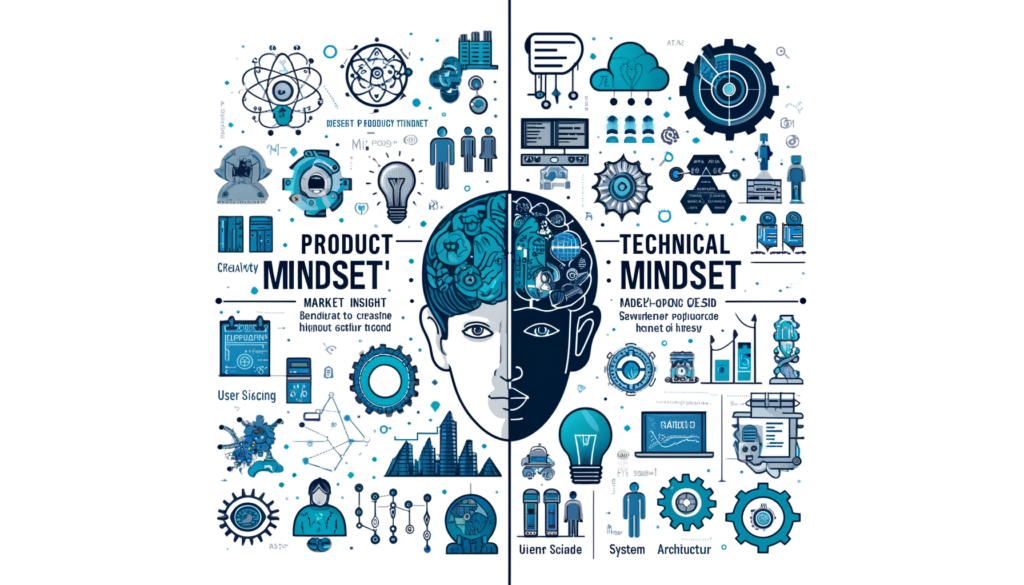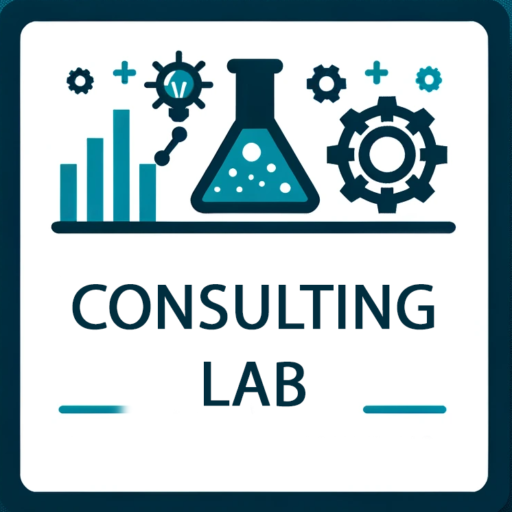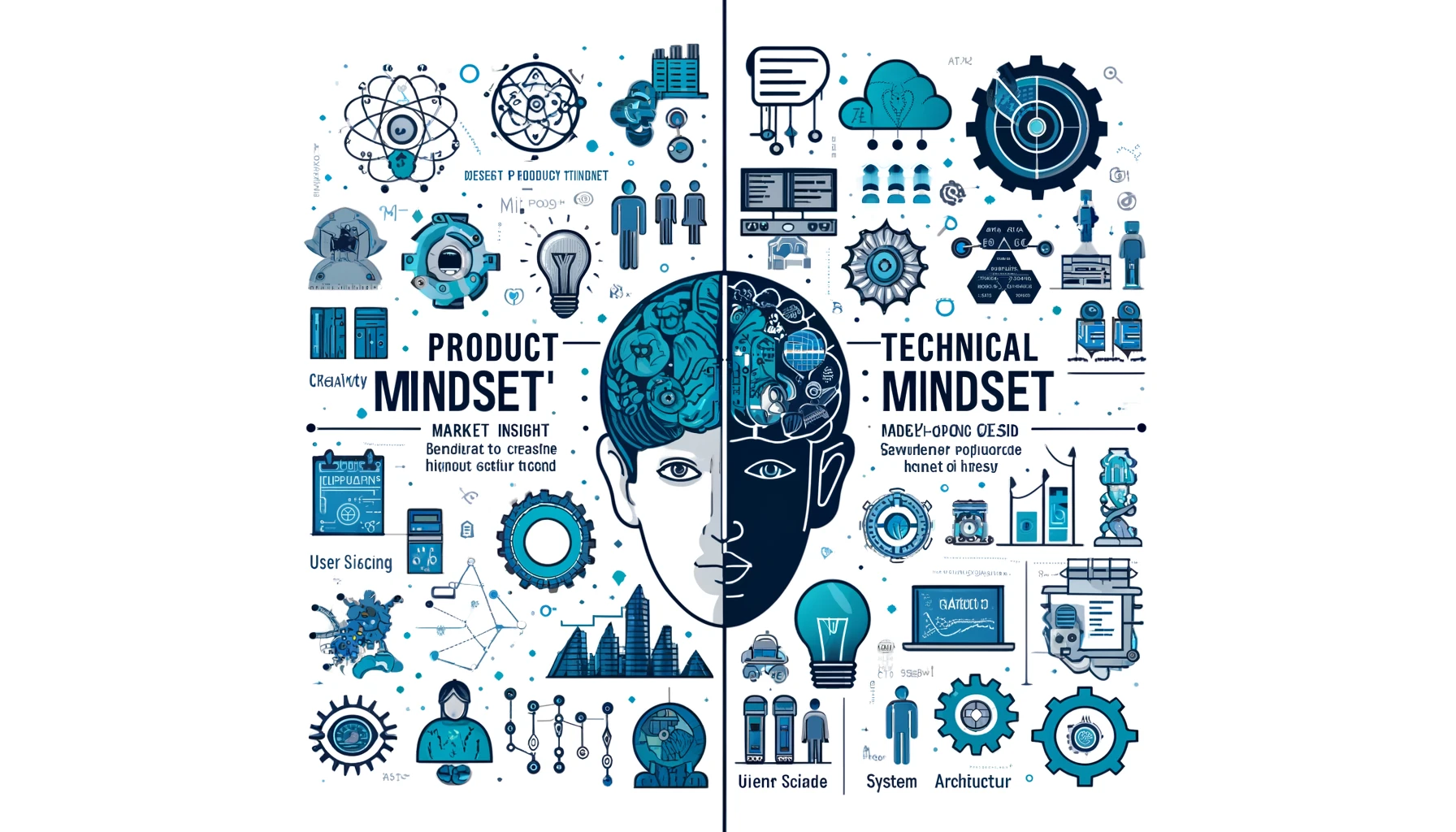
In the dynamic and rapidly evolving field of artificial intelligence (AI), the demand for roles such as “Head of AI Portfolio” or “VP of AI Products” has grown exponentially. However, in many job postings for such roles, I frequently see requirements that the employers are looking for a cross-functional business leader, but still they emphasize a deep technical knowledge in AI or machine learning (ML). While technical competence is undeniably important in AI-related projects, leading and commercializing AI products does not necessarily have to be led by an AI/ML subject matter expert.
Instead, there is a compelling argument to be made that having a strong product leader who understands how to build excellent products and user experiences (UX) is more crucial for successful AI product management than requiring deep technical proficiency. Here’s why:
1. Product Vision and Strategy:
At the core of any successful product is a compelling vision and a strategic roadmap that aligns with customer needs and market trends. A skilled product leader focuses on defining this vision and ensuring that the product aligns with broader business goals. They can see the big picture, understand market opportunities, and craft a strategy that makes the AI product relevant and appealing. In contrast, an overly technical leader may be too focused on specific ML capabilities, overlooking the importance of market fit and usability.
2. User-Centric Design:
AI products often fail to deliver their intended impact because they lack user-centric design. A product leader with strong UX skills will prioritize building solutions that are intuitive and valuable to end users. They will advocate for simplicity, usability, and alignment with user needs, ensuring the AI product integrates seamlessly into existing workflows. Technical knowledge in AI/ML, while useful, may not directly translate to this kind of customer-focused mindset.
3. Building High-Performance Teams:
A great product leader knows how to assemble and lead high-performing, cross-functional teams. In the case of AI products, this involves identifying and recruiting data scientists, machine learning engineers, and domain experts to contribute specialized knowledge. A product leader who understands how to collaborate with technical experts can harness their expertise effectively while remaining focused on the broader goals and ensuring all parts of the team work in harmony.
4. Efficient Division of Labor:
Requiring a product leader to be an AI/ML expert risks creating inefficiencies and misaligned expectations. It can result in a situation where the leader tries to fulfill multiple roles, ultimately diluting their effectiveness. Instead, supplementing a product leader with specialized AI/ML experts creates a clearer division of labor. The product lead can focus on strategic planning, product-market fit, and go-to-market strategies while AI/ML experts concentrate on developing the technical models and assisting marketing and sales with domain expertise.
5. Market Trends and Competitive Landscape:
AI/ML technical skills do not necessarily translate to market awareness or competitive strategy. A product leader must understand the competitive landscape, industry trends, and customer preferences. This insight informs strategic decisions on product differentiation, pricing, and feature prioritization. A technical expert may not be attuned to these broader business considerations.
Conclusion
While technical proficiency is important in the AI/ML space, successful AI products require more than just technical brilliance. They need strong product leadership that can deliver a compelling vision, build user-centric solutions, and lead high-performing teams. By hiring product leaders who understand product management and supplementing them with AI/ML experts, organizations can ensure a more effective division of labor, resulting in AI products that are strategically sound, user-friendly, and commercially successful.
So, when hiring for AI product leadership roles, hiring managers should look beyond the exhaustive list of technical skills and consider the value a strong product lead can bring. It’s about finding the right balance between strategic vision and technical know-how to unlock the full potential of AI in the marketplace.

